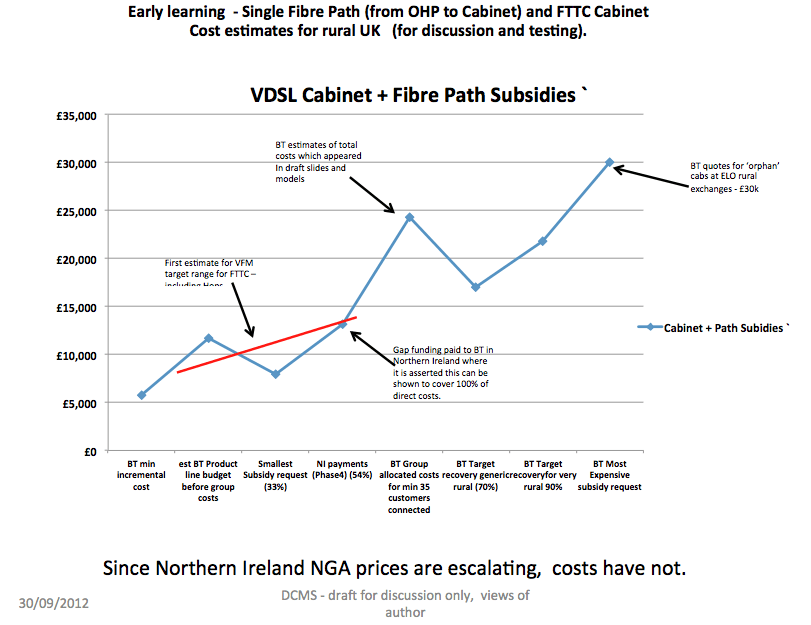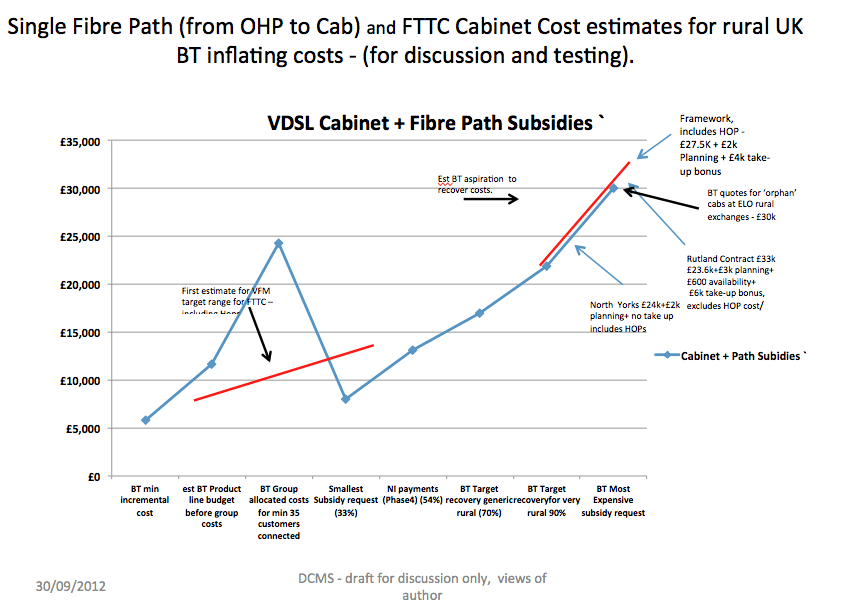A veteran Kansas City AT&T employee with more than 40 years of service to the company died Sept. 19 after waiting 15 minutes for his employer to respond to urgent pleas for help and another 30 minutes before the company and emergency responders were finally able to locate him in the suburb of Gladstone.
Questions are being raised about why AT&T waited so long to locate and help Kevin Mashburn, 58, even as an ex-convict sits in a Clay County jail, charged with his murder. AT&T has so far refused to officially answer why dispatchers were not available to receive Mashburn’s frantic pleas for help and why they failed to use built-in GPS tracking equipment installed in company trucks to find Mashburn sooner.
According to official 911 transcripts, an AT&T employee eventually told Gladstone 911 dispatchers she was unable to ping Mashburn’s cellphone to help identify his exact location, telling the dispatcher “we’re not that useful.”
Mashburn was working alone, making overnight repairs to AT&T facilities in the area, when he was attacked by someone with a pry bar. Authorities later charged 35-year old ex-convict Bryan Middlemas with the crime. AT&T offered a $100,000 reward for information leading to the arrest of a suspect in the case.
[flv width=”360″ height=”290″]http://www.phillipdampier.com/video/KSHB Kansas City Son Quicker response time could have saved dads life 9-25-12.mp4[/flv]
KSHB in Kansas City talked with Mashburn’s surviving son, who expressed concern that a quicker response time could have saved his dad’s life. Independence Power and Light says AT&T’s delayed response would never happen at their company. (3 minutes)
Mashburn used AT&T’s instant messaging system installed in company trucks to alert his employer that he needed an ambulance after being attacked, but court documents show Mashburn waited 15 minutes for AT&T dispatchers to respond:
Kevin (2:52:24 a.m) Amanda I NEEDE YOU TO CALL ME AN AMBULANCE
Kevin (2:52:37) I HAVE BEEN ATTACKED
Kevin (2:52:57) HELP ME PLEASE
Kevin (2:53:32) I am in Gladstone, MO AT THE KENDALLWAOOD APAT. COMPLEX OFF ANTIOCH
Kevin (2:54:01) DOYOU READ ME?
About 15 minutes later an AT&T employee named Amanda responded to Mashburn’s message.
Amanda (3:11:20) I got it.
 While he waited for the dispatcher to respond, Mashburn also sent messages to another AT&T employee on duty:
While he waited for the dispatcher to respond, Mashburn also sent messages to another AT&T employee on duty:
Kevin (2:55:13) GRACIE ARE YOU THERE?
Gracie (3:11:06) I’M HERE NOW
Gracie (3:11:11) I WAS IN A MEETING
Kevin (3:20:10) need police
Gracie (3:20:43) THEY HAVE BEEN CALLED.. AND SO HAS STRICKLEN
Kevin (3:20:47) hurry
Gracie (3:21:14) THEY ARE EN ROUTE
Kevin (3:21:07) ok
Kevin (3:21:14) ok
Gracie (3:21:21) STRICKLEN ALSO EN ROUTE
Kevin (3:21:38) ok
 Kevin (3:24:03) was attacked wiyh a flat crowbar
Kevin (3:24:03) was attacked wiyh a flat crowbar
Gracie (3:24:40) we are praying
Gracie (3:25:08) you hurt bad?
Kevin (3:25:12) yes
Kevin (3:25:37) head split open
Gracie (3:26:15) stricklin on line.. can you give us an exact location we have the address
Gracie (3:26:21) he is trying to find you
Gracie (3:26:45 he is trying to find you
Kevin (3:26:45) near crossbox. Beacon and flasher are on
Kevin (3:27:25) I can sound horn
Gracie (3:29:10) yes
Gracie (3:29:10) us are on kendallwood
Kevin (3:30:44) yes
Gracie (3:32:10) are you near a business… can not hear you horn but keep sounding
[flv width=”360″ height=”290″]http://www.phillipdampier.com/video/KSHB Kansas City GPS questions in ATT techs murder 9-26-12.mp4[/flv]
KSHB explores how AT&T used (or did not use) the GPS system built-into Mashburn’s company vehicle to help locate him. (3 minutes)
Kansas City Police contacted Gladstone dispatchers regarding the assault on Sept. 19 at 3:12 a.m. Mashburn was not located until 3:42 a.m. Despite the fact AT&T trucks have built-in GPS tracking to monitor employees, the company has not publicly explained why it apparently went unused during the 30 minute search to find Mashburn. The frustration by all concerned was readily apparent in this portion of the official 911 transcript:
3:30:18 a.m. Gladstone Dispatcher #1: Our officers are still looking. They haven’t found anything yet.
3:30:20 a.m. Radio 258: I’m pulling out my map for the rental properties.
3:30:21 a.m. AT&T Supervisor (to dispatcher): Oh you’re kidding?
3:30:22 a.m. Gladstone Dispatcher #1: No.
At 3:32 a.m., AT&T Amanda said she called both Mashburn’s work and personal cellphones, but got no answer. By this point, four Gladstone Police officers were searching for Mashburn across the apartment complex.
3:32:50 a.m. Gladstone Dispatcher #1: Are you guys possible to ping his cellphone?
3:32:54 a.m. AT&T Amanda: I don’t have a way to.
3:32:56 a.m. Gladstone Dispatcher #1: You don’t have a way to do that?
3:32:59 a.m. AT&T Amanda: We’re not that useful.
3:33:33 a.m. AT&T Supervisor: It’s amazing you can’t find this guy.
Although medical teams eventually reached Mashburn, he did not survive the ordeal and was pronounced dead at the hospital.
Mashburn’s son says he has been asked why his father sent messages to company dispatchers instead of calling authorities directly. William Mashburn told the local Fox affiliate that he was not surprised his father used the mobile data terminal to seek help, because that was one of his primary tools on the job.
“If you could try to keep in mind it was a pretty severe head injury,” William Mashburn told the Fox affiliate. “Maybe the ability to speak wasn’t there. Maybe the phone was dislodged during any confrontation or something so, there’s a lot of questions we don’t have answers to, if people could be a little sensitive to that, we’d appreciate it.”
[flv width=”480″ height=”290″]http://www.phillipdampier.com/video/KSHB Kansas City 911 call details confusion in ATT attack 9-27-12.mp4[/flv]
KSHB chronicles almost an hour of confusion and frustration trying to reach the injured AT&T worker, who was pronounced dead when he finally reached the hospital nearly an hour after the attack. (3 minutes)


 Subscribe
Subscribe









